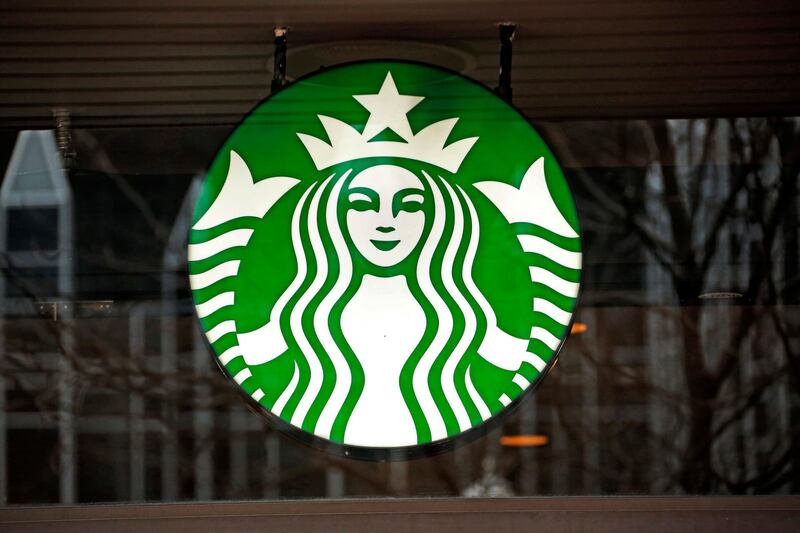The Seattle-based chain now has more U.S. locations than McDonald’s but it has been struggling for more than a year to lure the traffic needed to deliver the robust growth investors expect.
Executives last week warned that 2018 same-store sales growth would be at the low end of its forecast. Starbucks reported a 2 per cent U.S. quarterly same-store sales gain that fell short of expectations on flat holiday traffic. Two years ago, those sales jumped 9 per cent.
Starbucks has offered a laundry list of reasons for the deceleration in its domestic business, including weak retail traffic, changes to its rewards program, bottlenecks from a crush of mobile orders, and holiday merchandise and drink specials that failed to “resonate” with customers.
Executives concede that Starbucks’ U.S. afternoon business has dragged down results in its most important market.
Still, they say that Starbucks - which had 14,163 U.S. locations at year-end, 25 per cent more than five years ago and 127 more than McDonald’s - is not cannibalizing its own sales or losing share in a market crowded with coffee sellers ranging from independent cafes to fast-food chains and convenience stores.
Analysts disagree. After a recent analysis of restaurant industry trends, retail traffic and other factors, Bernstein analyst Sara Senatore solidified her view that “excess unit growth, at a time when Starbucks is reaching a more mature stage of growth, is the root cause” of the company’s domestic woes.
“Rather than a litany of excuses, we believe this is best explained by overcapacity in the industry,” said John Zolidis, president of Quo Vadis Capital, a Paris-based boutique research firm. “Starbucks is contributing to the problem by opening new units.”
Credit Suisse analyst Jason West said the brew of stepped-up competition combined with Starbucks’ recent opening of roughly 700 U.S. stores a year, weighs on its “ability to re-accelerate growth.”
Starbucks said on Friday its new cafes perform well and bring more business to all nearby coffee shops, not just its own.
Proliferation of stores is not Starbucks’ only problem, according to analysts. Mr Zolidis also sees another troubling sign: “We believe the company has raised prices too much.”
Starbucks on average is increasing prices 1 to 2 per cent on an annual basis, while offering discounts through its rewards program, spokesman Reggie Borges said.
Maxim Group analyst Stephen Anderson, who tracks coffee prices in 10 markets in the U.S. Northeast, including New York, Boston and Washington, said that McDonald’s - now selling $1 coffee and $2 small espresso drinks - has kept prices mostly flat for the last two years.
Mr Anderson said that Dunkin’ Donuts, owned by Dunkin’ Brands Group Inc, has raised prices by roughly 1 per cent per year, while Starbucks has increased prices by about 3.5 per cent each year. The analyst added that the rivals may be peeling off some of Starbucks’ less-affluent customers.





